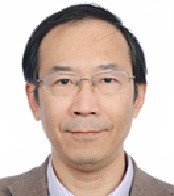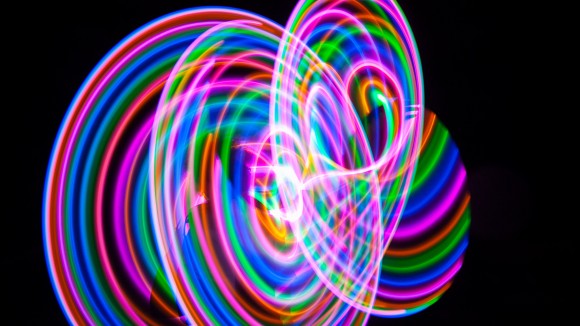 Baifei Shen is Professor in the Department of Physics at Shanghai Normal University in China. He specializes in high field laser physics, including laser driven acceleration and radiation, physics of angular momentum, and physics of QED. Prof Shen has been an Editorial Board Member for Scientific Reports since 2015.
Baifei Shen is Professor in the Department of Physics at Shanghai Normal University in China. He specializes in high field laser physics, including laser driven acceleration and radiation, physics of angular momentum, and physics of QED. Prof Shen has been an Editorial Board Member for Scientific Reports since 2015.
 Yutaka Shikano is an Associate Professor at the Graduate School of Science and Engineering, Gunma University, Japan and an Affiliated member of the Institute for Quantum Studies, Chapman University, USA. His research interests include quantum foundations, quantum measurement theory, quantum sensing, quantum information science, and photophysics. Prof Shikano has been an Editorial Board Member for Scientific Reports since 2015.
Yutaka Shikano is an Associate Professor at the Graduate School of Science and Engineering, Gunma University, Japan and an Affiliated member of the Institute for Quantum Studies, Chapman University, USA. His research interests include quantum foundations, quantum measurement theory, quantum sensing, quantum information science, and photophysics. Prof Shikano has been an Editorial Board Member for Scientific Reports since 2015.
 Xinxing Zhou is currently an Associate Professor at the School of Physics and Electronics, Hunan Normal University, China. His research interests include spin-orbit coupling of light, weak measurements and photonic spin hall effect. Prof Zhou has been an Editorial Board Member for Scientific Reports since 2019.
Xinxing Zhou is currently an Associate Professor at the School of Physics and Electronics, Hunan Normal University, China. His research interests include spin-orbit coupling of light, weak measurements and photonic spin hall effect. Prof Zhou has been an Editorial Board Member for Scientific Reports since 2019.

